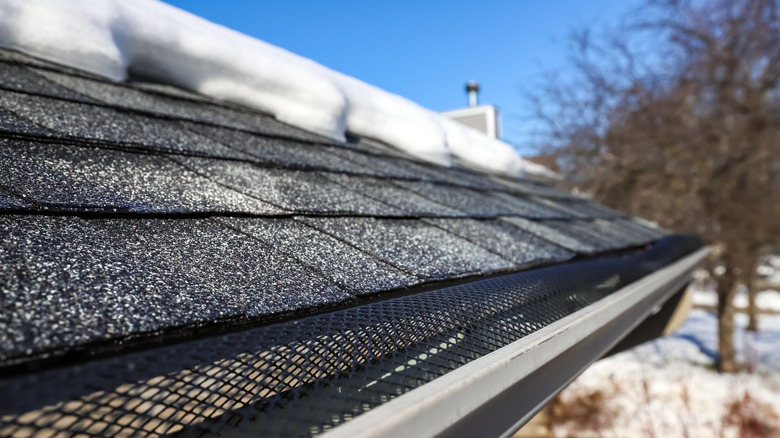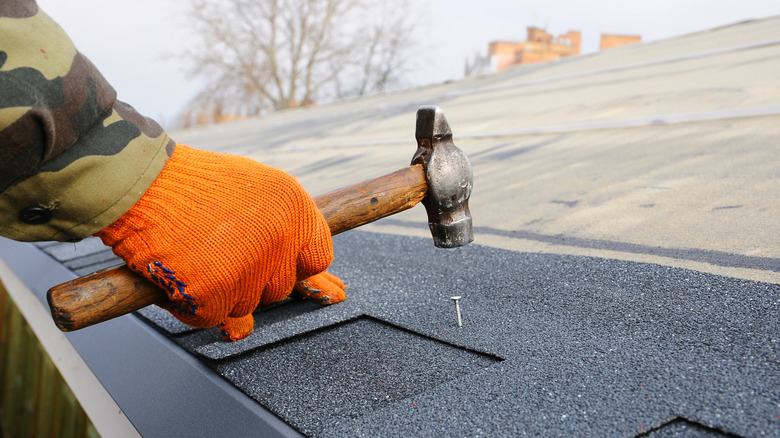Why You May Want To Think Twice Before Installing A New Roof During Winter
Investing in a new roof is a big decision that's going to impact the structural integrity of your home for the next few decades. Getting it right matters. In some situations, you should not procrastinate on roof repair, especially if there are leaks or significant damage that will eventually create a safety or security risk. But in other situations, it's best to delay installing a new roof until the weather warms up.
Winter roof replacement could even seem beneficial if the local roofing company offers a discount for off-season installations. It also means getting a new roof in place before heavy springtime rains, and you won't have to worry about roofers trampling your newly planted spring flowers. But while roof replacement in the winter is an option, you'll want to think carefully about this process. You need to ensure that the roof structure is dry and free from snow. Take roofer safety into consideration, too. It's also important to monitor the temperature since some products, like traditional asphalt shingles, may be more likely to break during the colder months. Ultimately, it comes down to what's ideal in your current climate. The best time of the year to replace your roof should be carefully considered if you have the flexibility to wait.
The key drawbacks of winter roof replacement
The downsides of installing a new roof in the winter really come down to how cold it is in your area. A key concern is ensuring that asphalt shingles are placed when they are able to function at their best. If you install them in the bitter cold, they may become so brittle that they shatter when hammered into place. There's also the enhanced risk of shingles blowing off more easily during this time of the year if the sealant strip holding them into place does not create the proper adhesion to the surface.
There are ways to alleviate these risks. For example, a seasoned roofing team that has experience installing shingles during this time of year will be able to minimize damage to the shingles. It's also important to consider the application of caulk along with sealant tape to help create a strong bond.
Also, note that choosing the right type of shingle for winter-time application can also help. Some newer products are designed for installation in temperatures below 40 degrees Fahrenheit. They're more flexible and less likely to shatter. When buying shingles, make sure you consider the minimum temperature requirement set by the manufacturer. When you consider how much it costs to get a new roof, it's always a good idea to have a plan that is going to extend the life of your roof and not limit its overall durability.

